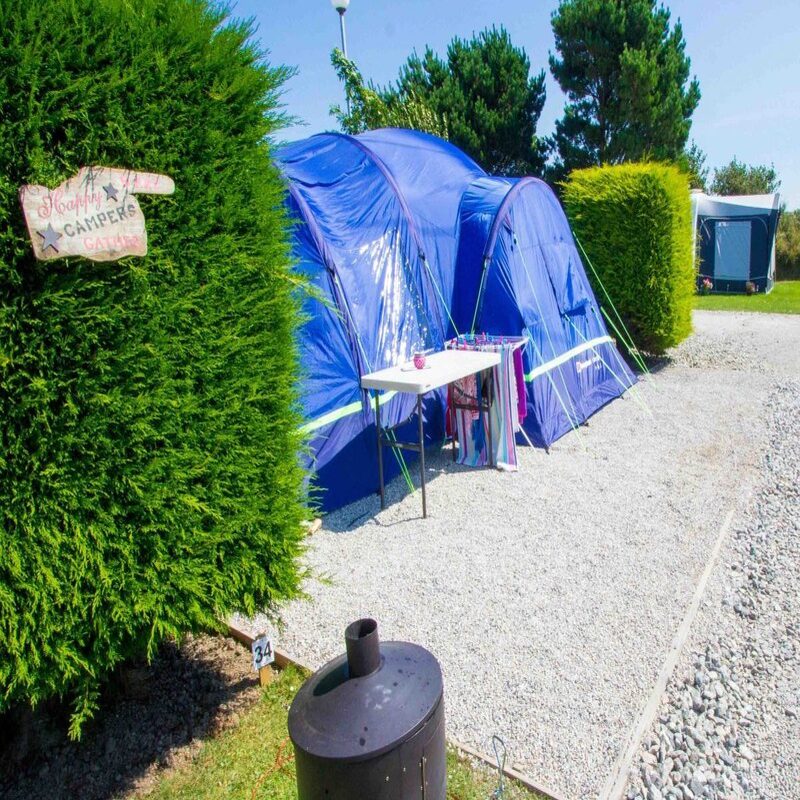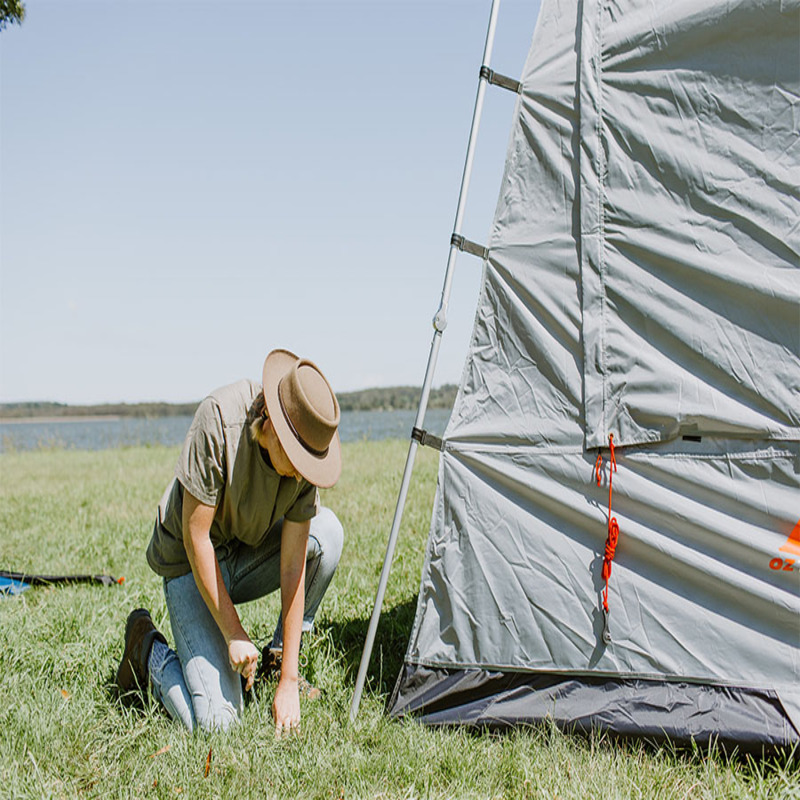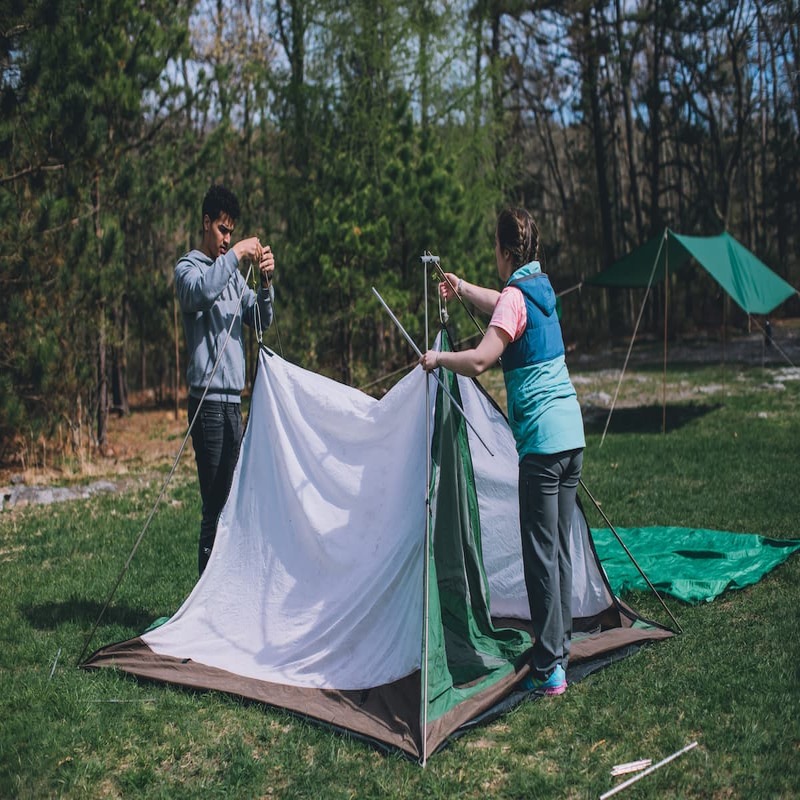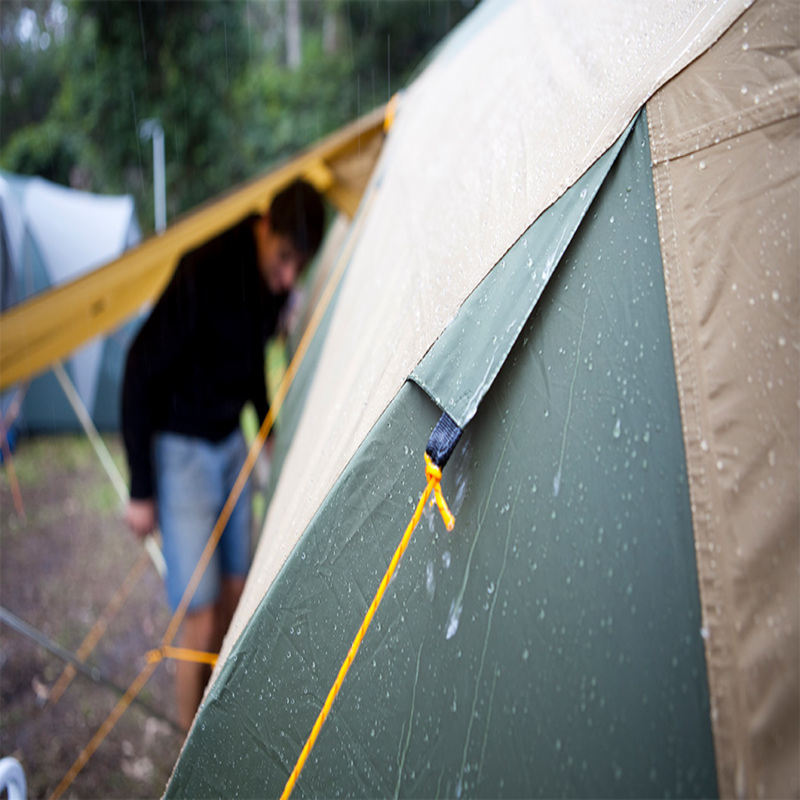Camping is a cherished activity for many outdoorsmen and women. Pitching a tent is one of the essential skills every camper should master. This article will provide you with an in-depth look at how to pitch a tent effectively. Understanding the process will enhance your camping experience. Consequently, you’ll have a more comfortable and enjoyable time in nature.
Choosing the Right Tent for Your Adventure
Selecting the right tent is the very first step of your camping journey. Tents come in various sizes, shapes, and materials. You should assess your needs before making a choice. Are you camping solo or with family? How long will you be camping? These questions will guide you toward the right tent.
Types of Tents: What to Consider
When choosing a tent, consider its type. Common types include dome tents, cabin tents, and pop-up tents. Dome tents are popular due to their stability and lightweight design. They are easy to set up and ideal for various terrains.
In contrast, cabin tents often feature upright walls. This design allows for more living space and headroom. While they may be heavier, they are excellent for family camping trips. Ultimately, the type you select should match your adventure preference.
Size Matters: Finding the Right Fit
The tent size is also important for your comfort. Most tents are labeled by their sleeping capacity. If you’re camping alone, a 2-person tent might suffice. However, for a family, consider a larger tent.
Additionally, think about gear storage. Having room for backpacks and fishing rods is crucial. A bit of extra space can greatly enhance your comfort level while camping.

Preparing Your Campsite for Pitching
Now that you have your tent, preparing the campsite is the next step. A well-prepared site makes it easier to set up your tent. You’ll want to find a flat, dry area free from debris. Look for spots away from water sources to avoid flooding.
Clearing the Ground: Importance of a Level Surface
Clearing the ground may seem trivial, but it’s crucial. A flat surface ensures that your tent stays stable throughout the night. Uneven ground can lead to uncomfortable sleeping positions. It may even damage the tent fabric.
Before you begin pitching, remove any rocks, twigs, or sharp objects. This step protects both you and your tent. A clean area allows for a much more pleasant camping experience overall.
Consider the Weather: Smart Placement Decisions
Considering weather conditions before setting up is essential. If it’s windy, find a location that offers natural windbreaks. Trees or large rocks can offer protection from gusts. On hot days, shade can greatly enhance your comfort level.
Additionally, pay attention to the direction of the sunrise and sunset. Positioning your tent wisely allows you to enjoy beautiful sunrises and sunsets. Thus, considering weather and surroundings adds an extra layer of enjoyment.
Pitching Your Tent: The Step-by-Step Guide
Once you have selected your tent and prepared the campsite, it’s time to pitch. Setting up may seem daunting, but following a series of steps can make it easier. Be patient and take your time as you move through the process.
Unpacking Your Tent: Essential Components
First, begin by unpacking all tent components. Lay the tent body on the ground. Be sure to identify the rainfly and footprint as well. These components are crucial for proper setup.
After laying out the tent, take a moment to inspect it for damage. A thorough check helps you catch any issues before you pitch. Look for broken poles or frayed seams. If you find any problems, it’s better to address them right away.
Assembling Poles: Tension is Key
Next, focus on assembling the poles. Most tents come with either fiberglass or aluminum poles. Fiberglass poles are lighter, while aluminum poles offer more durability. Whichever your tent uses, ensure you assemble them correctly.
Slide the poles through the corresponding sleeves or clips on the tent. Be careful not to bend or break the poles while assembling. A well-assembled frame provides stability to your tent. This is crucial for a peaceful night in the great outdoors.
Securing Your Tent: Anchoring for Stability
Once the poles are in place, it’s time to secure the tent. Use the provided guylines and stakes to anchor your tent firmly. Driving the stakes into the ground at a 45-degree angle offers the strongest foundation. This step prevents any wind from moving your tent.
In addition, add guylines for extra tension. This precaution will keep your tent secure even on breezy nights. The more stable your tent is, the better your overall camping experience will be.
Additional Tips for a Successful Setup
While the basic steps of pitching a tent are straightforward, there are additional tips to enhance your experience. By incorporating these suggestions, you’ll find camping even more enjoyable. Being prepared goes a long way in the wilderness.
Organizing Your Interior: Clever Storage Solutions
Once your tent is standing, focus on organizing the interior. Keeping the inside tidy is essential for comfort. Use gear lofts, hooks, or storage pockets for small items. This organization prevents clutter and allows for easy access to essentials.
Furthermore, consider using a ground tarp or footprint. This additional layer protects the tent floor from wear and tear. It also provides an extra layer of insulation against cold ground during chilly nights.
Ventilation: Keeping Fresh Air Flowing
Proper ventilation is vital for a comfortable tent environment. Condensation can build up, making the interior damp. To mitigate this issue, keep vents or windows slightly open, even at night. This allows fresh air to circulate while keeping insects out.
Moreover, proper airflow reduces humidity and prevents mold. It’s surprising how much difference a little ventilation can make. Ensuring your tent has adequate airflow enhances your comfort while camping.

Cleaning Up After Camping: Leaving No Trace
When your camping trip comes to an end, cleaning up is essential. It’s your responsibility to leave the campsite as you found it. A clean campsite minimizes your impact on the environment.
Packing Your Gear: A Thoughtful Process
Begin by packing all your gear carefully. As you disassemble your tent, ensure that each component is accounted for. Fold the tent properly to avoid damage. Store it in a way that prevents moisture accumulation.
Additionally, check the area for any leftover trash or equipment. Carry out everything you brought in, including food wrappers and waste. This habit teaches responsibility and respect for nature.
Leaving the Campsite: Final Checks
Before departing, conduct a final check of the campsite. Look for any items you may have overlooked. Remember, even small items like bottle caps can harm wildlife and nature.
As a camper, it’s crucial to practice “Leave No Trace” principles. These guidelines help preserve outdoor spaces for future generations. By cleaning up diligently, you contribute to the beauty of the environment.

The Joy of Camping: Embracing Nature
Ultimately, pitching a tent is an art form that enriches your camping experience. Mastering this skill will enhance your adventures in the great outdoors. Camping offers an escape from daily life. It allows us to reconnect with nature.
Building Memories Around the Campfire
When you successfully pitch your tent, it’s time to build memories. Gather around the campfire after a day of exploration. Share stories, roast marshmallows, and connect with loved ones. These moments are often the highlights of any camping trip.
Moreover, engaging in outdoor activities fosters deeper connections. Whether you hike, fish, or stargaze, these experiences create lasting bonds. Each camping trip adds another chapter to your personal adventure book.
The Thrill of Adventure Awaits
In conclusion, camping provides a fantastic opportunity to explore nature. By understanding how to pitch a tent effectively, you set the stage for a great experience. Preparation, organization, and a sense of adventure are vital.
So gather your gear, choose your destination, and enjoy the great outdoors. The thrill of adventure is just a campsite away. Happy camping!
